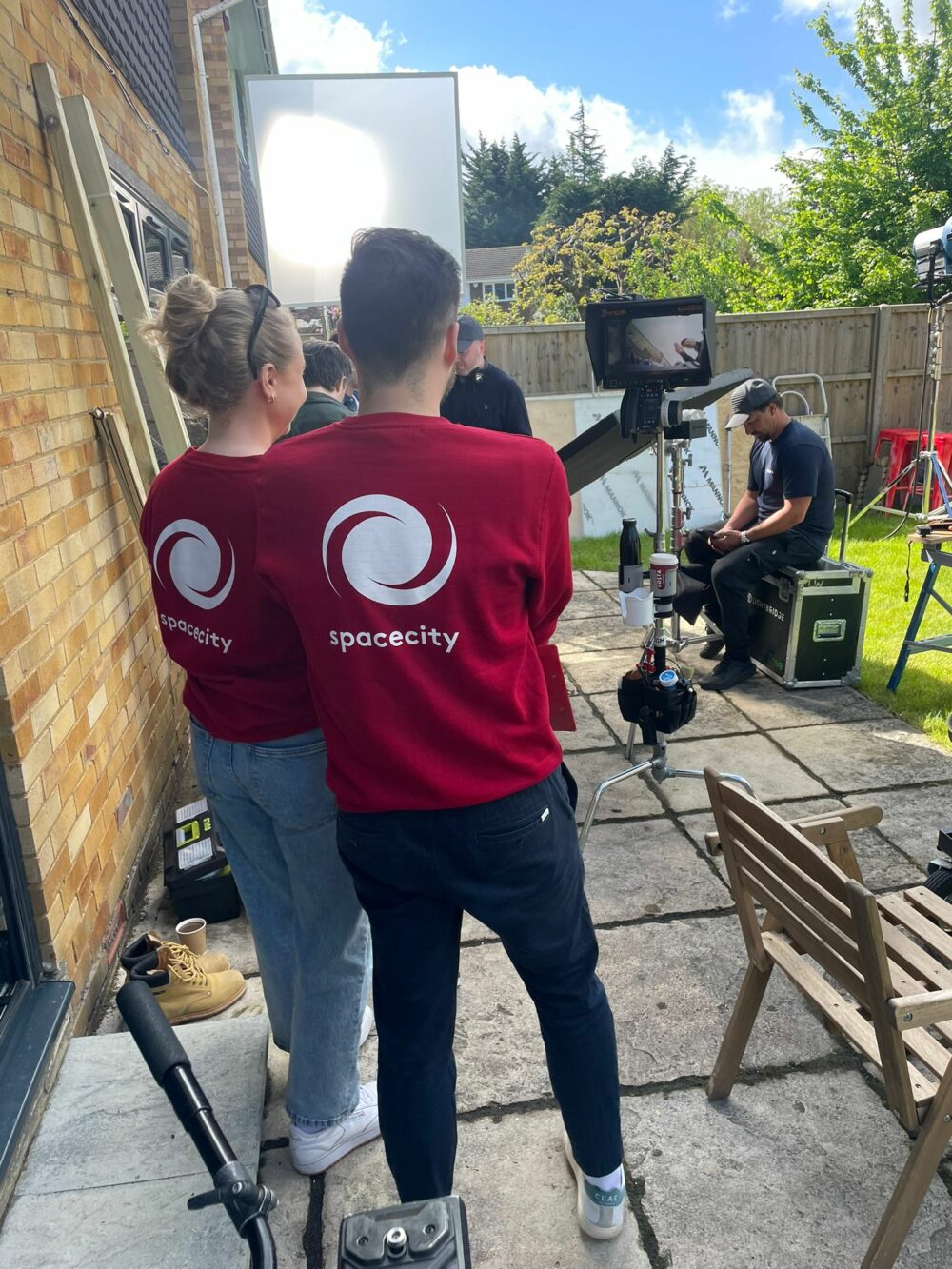Pretesting has been increasingly maligned amid the rising dependancy on data and the power of search, jettisoning it completely though would be detrimental
PRETESTING Remains an imperative force behind advertising, despite its inherently emotive averse tendencies that has seen it alienate ads.
Ultimately the thought process needs to begin long before: what programming or content would our brand be best situated with?
The questions that need to be raised prior to any consideration to ad placement is: how are viewers being compelled to watch certain content? Whether that be via SVOD, or through standard programming.
If viewers of a certain ilk as it were are receptive to certain content styles, genres of programming, or the emotive traits within those shows, replicating them to compliment your brand will assist with resonation, indexing and long-term payback.
Within such a transient world of instant performance, optimising current performance and contemporary accountability, many are resolved to neglect to importance of branding and building associations.
While not endemic to the ad industry as a whole, amid such an age of instant gratification where ads are optimised to drop under-performing creatives, very little patience exists within the era of transparency to persist with brand-driven advertising.
Of course this is more of an issue regarding the power of response advertising and not the power associated with the garnering of quantitative and qualitative pretesting-derived data.
Emotion is more of leveraging factor than any means of persuasion or selling, thus the notion of asking unequivocally as to someone’s approval or likeness of a product or service would seemingly deviate from the desired final outcome.
In terms of looking for approval of a tact subjectively and singularly for your ad you will be lost; there is no previous point of reference, the only means of utilising pretesting is through accruing an understanding of the programming you are associating with.

Through drawing comparisons between the approval of the shows you are considering aligning your ads to and your own creative tact, it can act as an imperative reference point and form a part of your qualitative data, which can be evaluated for any correlations as you look to establish the optimal alignment.
Whether this just the programming you are looking to embed your creatives within, or potentially sponsoring an entire show for instance, by combining a variety of data sources you can scientifically and transparently establish whether the correlations between programming and your own ads are to trusted.
Through the reliance on just one data source, or many, but derived from search data for instance, you will be only marginalising your ability to collate valuable data and hinder your long-term brand development ethos.
Your creative and consumers should be intrinsically linked, therefore safeguarding the success of those links need not inhibit creativity, but assist with the delivery of a concept.
If something is proven to work and you chose to adjust the concept to work for you, that is still risky, in the same regard as a business and agency that decides to attempt an entirely data-driven strategy.
In order to source a tact that can deliver for your business, sourcing the emotive stimuli that correlate will be imperative to at least underpinning the tone of your ads.
The concept itself can be adopted to infinite scenarios, it is not necessarily the receptiveness to the concept itself at pretesting, but the indexing and long-term payback that would otherwise be lost through transient, qualitative data.
Thus to shift your business toward a more brand response centric means of advertising, the marriage of emotive stimuli and editorial symmetry is paramount to ensure that the risks of utilising branded advertising are vindicated.

The risk are only really relative to your KPI achievement metrics, but to truly enjoy long-term success your business has to deviate from being risk averse.
Branding and sponsorship remain advertising’s greatest elicitors of payback.
Therefore marrying the pertinent content to your advertising is imperative to optimisation.
While overall brand health percentage points were up 5% with complimentary content that reflected brand, ads that did not have suitable partners were less than half as efficient.
Therefore as you seek to implement payback generically without specialist product launches, pretesting your creative with complimentary programming that delivers can improve your long-term payback vehemently.
Nine months after an ad has ceased broadcasting in the form sponsorship it still carries 81% of the effectiveness it had after its last broadcast, while generic brand awareness lost all but everything of its awareness after a nine-month period.
Thus if your business’ prerogative is to sell individual promotions or multiple services modularly or in the short-term, sponsorship lacks the same levels of penetration, however if you seek long-term affirmation and awareness, using it and program-intrinsic pretesting will be vital.
Space City has been producing TV, online and radio commercials for 25 years, utilising the power of sponsorship for businesses including InsureandGo, Neilson financial services and Karcher.
Contact the team now and utilise the most efficient form of advertising for less, while enjoying up to 600% sales increases.


